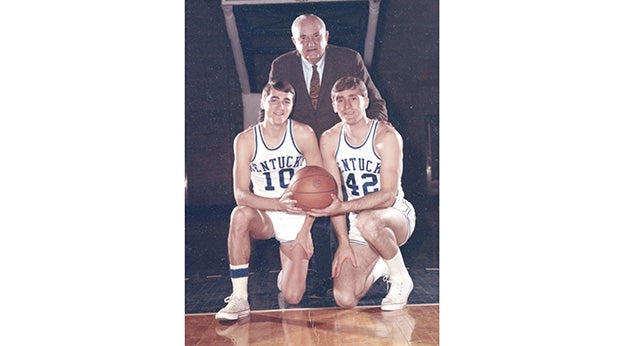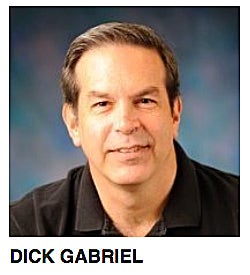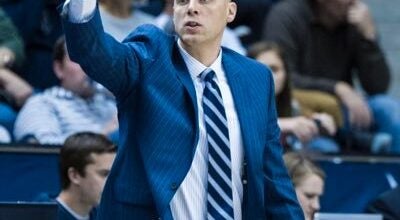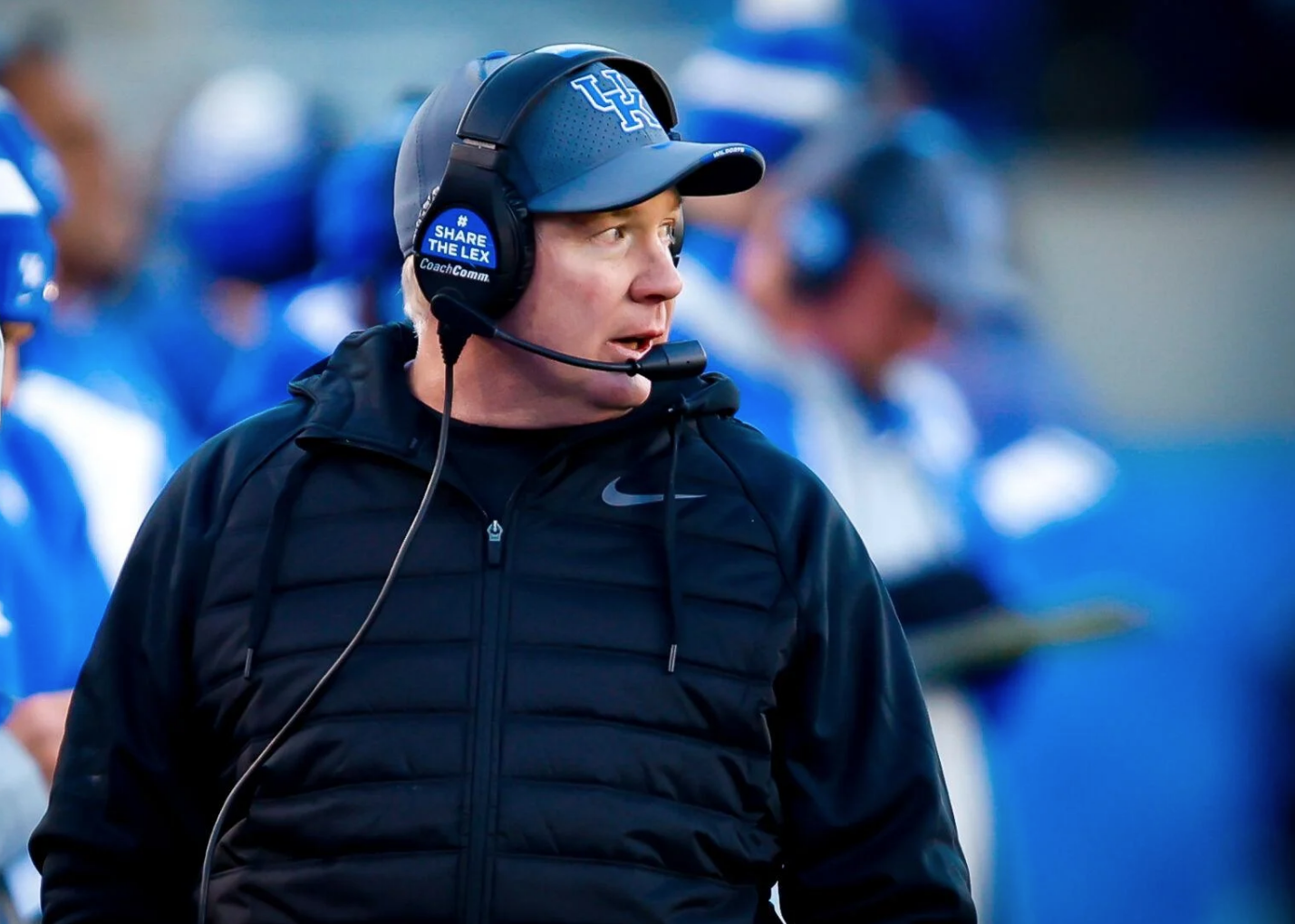Some facts about Adolph Rupp and race issue
Published 11:36 am Wednesday, August 5, 2020

- Legendary UK coach Adolph Rupp is seen here with Louie Dampier, left, and Pat Riley. (UK Athletics)
|
Getting your Trinity Audio player ready...
|
 Given the climate in America today when it comes to race relations, it was inevitable that a debate would open up about Rupp Arena and its namesake.
Given the climate in America today when it comes to race relations, it was inevitable that a debate would open up about Rupp Arena and its namesake.
To many, the thought of Adolph Rupp still kindles the notion not of basketball, but of racism and segregation.
It did in me, starting in the mid-‘60s when I began following college basketball. I couldn’t stand the notion of the guy coaching a team I rooted for, fighting to keep his roster all-white. That all changed for me in 2005, when I researched, wrote, produced and directed the documentary, Adolph Rupp: Myth, Legend and Fact.
What had started as a two-minute TV piece on an African American ballplayer Rupp championed in 1950 became a two-hour presentation, thanks to information that kept becoming available. You can find the doc on Amazon; allow me to streamline it here for you:
- In 1929, when he got the call from UK, Rupp was coaching a high school team in Illinois, which included a black player;
- In 1948, Rupp was instrumental in placing Don Barksdale of UCLA on the U.S. Olympic team, making him the first black basketball player on Team USA. Rupp urged his players to watch Barksdale during the Olympic Trials and study the way he played;
- The aforementioned ballplayer in 1950 was Jim Tucker, who recently passed. A star at all-black Paris Western HS, Tucker caught the eye of Rupp, who wanted him at UK but was prevented from signing him by Jim Crow laws in the South. The SEC was segregated. Rupp saw to it that Tucker went to college (Duquesne), where Tucker became an All-American and later an NBA champion.
- In 1960, Rupp offered a job to a high school coach named Neil Reed, a white man who taught at a black school in Cincinnati. Rupp told Reed he wanted to sign black players and that Reed would be his chief recruiter. Reed signed on in 1962.
- Rupp announced publicly that UK would begin to recruit blacks. The southern media blasted him, fearing it would open the doors to blacks playing football in the SEC.
- Rupp asked then-UK president Dr. Frank Dickey for permission to leave the SEC so he could recruit black players. The UK Board of Directors, fearful it would not be able to fill Memorial Coliseum if it didn’t play traditional SEC opponents, denied his request.
- In 1961, Dr. Dickey, serving as president of the SEC, informally polled the league presidents about ending the “gentlemen’s agreement” in place, which banned the recruitment of black athletes. It was overwhelmingly rejected. In 1962, Dickey put it to a formal vote and again, the move was overwhelmingly voted down.
- Rupp and Reed both received death threats over the recruitment of blacks, more than a hundred, which were turned over to the FBI.
- Reed aided Rupp in the 1964 recruitment of Louisville prep star Wes Unseld. They saw Unseld play 13 times. Number of times Rupp watched Dan Issel play in high school: Zero. They offered a scholarship to Unseld, but he chose UofL.
- In 1965, Kentucky Mr. Basketball Butch Beard verbally committed to UK, but on signing day changed his mind and signed with Louisville (otherwise, we wouldn’t be having this conversation).
- Jim McDaniels, a high school star from the western end of the state, on a visit to Lexington told Mike Pratt he would attend UK. Western Kentucky University convinced him at the last minute to sign with the Hilltoppers. McDaniels was later quoted as saying he knew WKU wanted him more because it provided him with a car.
- Ever-mindful of the horrible treatment his white players received from fans when the Wildcats played on the road, Rupp feared for whomever would become UK’s first African American player. (Both Beard and Unseld said Rupp could not assure their parents that their children would be totally safe on the road; keep in mind that it was 1964 when three civil rights activists were kidnapped and murdered in Mississippi).
- Rupp was ordered by new UK president Dr. John Oswald to sign a black player, whether he could contribute to the team or not. Rupp didn’t want a “token;” but what he did want was a star who could help put his team back on top. He believed he needed a Jackie Robinson-type player.
- Former baseball commissioner Albert “Happy” Chandler set up a meeting between Rupp, Reed and Branch Rickey, the man who signed Robinson to a major league contract. He told Rupp he needed a Kentuckian who was a superb athlete, great student and someone capable of withstanding the terrifying verbal attacks sure to come his way. Rupp thought Unseld, and then Beard, had all the qualifications.
- When opposing teams with black players on their rosters came to Lexington, Rupp asked local newspapermen in their preview stories to ask fans to treat them with respect. And he had a standing rule with ushers at Memorial Coliseum: If they heard anyone hurling racial taunts, they were to ask them to stop. If they continued, they were to be escorted from the arena.
Of course, there’s more. It’s all on DVD if you’d like to see it. After the documentary’s initial broadcast in 2005, the Herald-Leader published a fabricated story stating that UK had paid me and WKYT to produce the documentary, thereby dismissing it as propaganda. It was a lie; the writer had begged several people to tell him what he wanted to hear, which of course, they did not. He refused to interview me.
I’m sure the information above will be dismissed by many, for whatever reason. One young man, ripping me on Twitter, said he knows what his grandmother told him and that’s good enough. I’m guessing, his grandmother, like me for all those years, knew nothing about what was actually happening – including criticism of Rupp by the media for even bringing up desegregation, a star player changing his mind at the last minute, death threats and more.
It was after he died that Rupp was accused of using inappropriate language as it related to African Americans. Sadly, too many people back then likely were guilty of that kind of ignorance and insensitivity. But did he actively seek to keep his team segregated? Not only is there no proof that he did, it turns out the opposite was true.
There were certainly villains back then, including the dozens of “friends” and boosters who begged Rupp not to integrate his team. I used to think he was a villain, himself. Not anymore.
Dick Gabriel is a long-time Kentucky sports journalist, now host of Sports Talk at Big Blue Insider. He was a reporter, editor, and anchor for WKYT-TV in Lexington for 22 years and is a graduate of the University of Kentucky.





